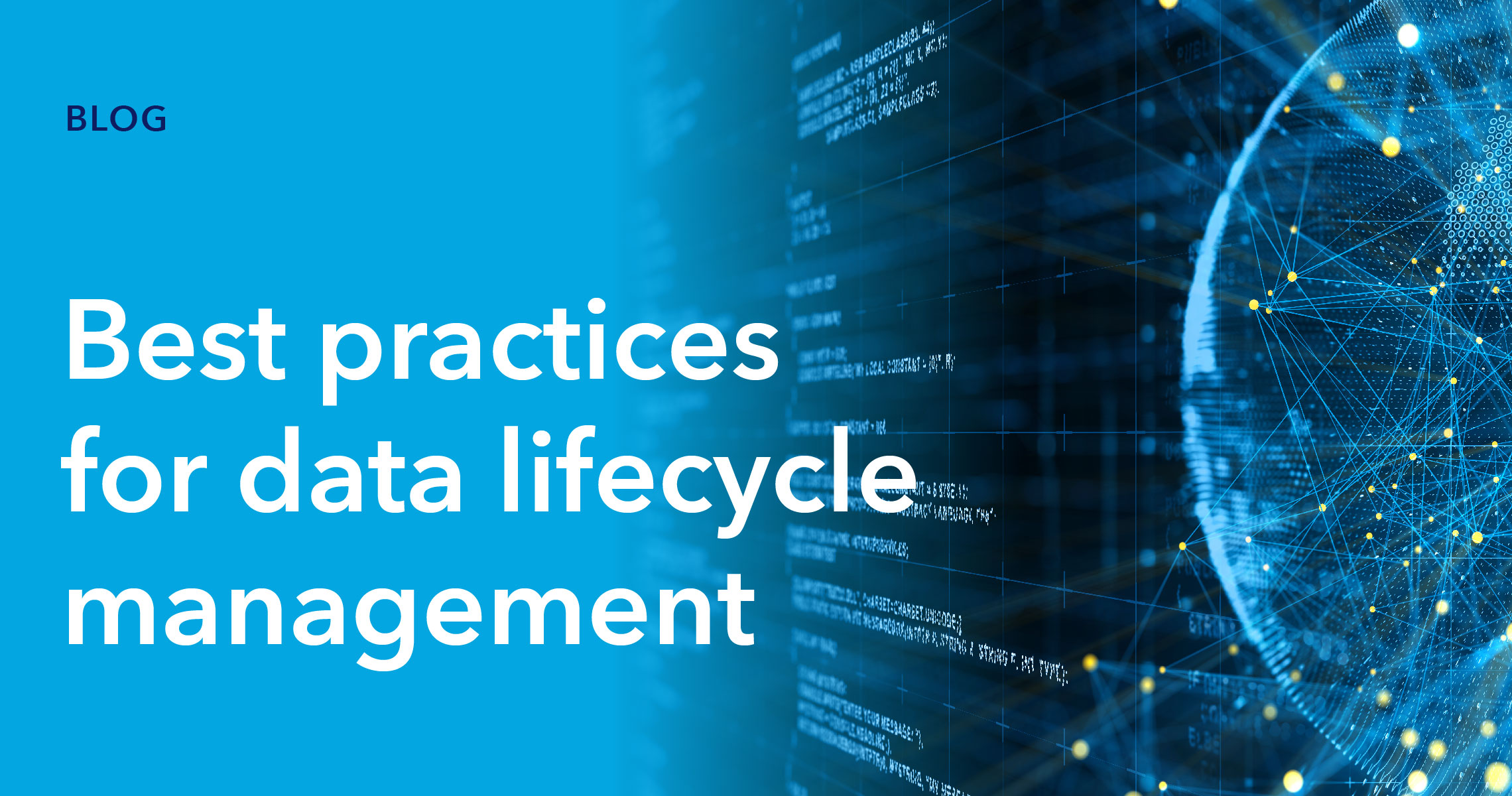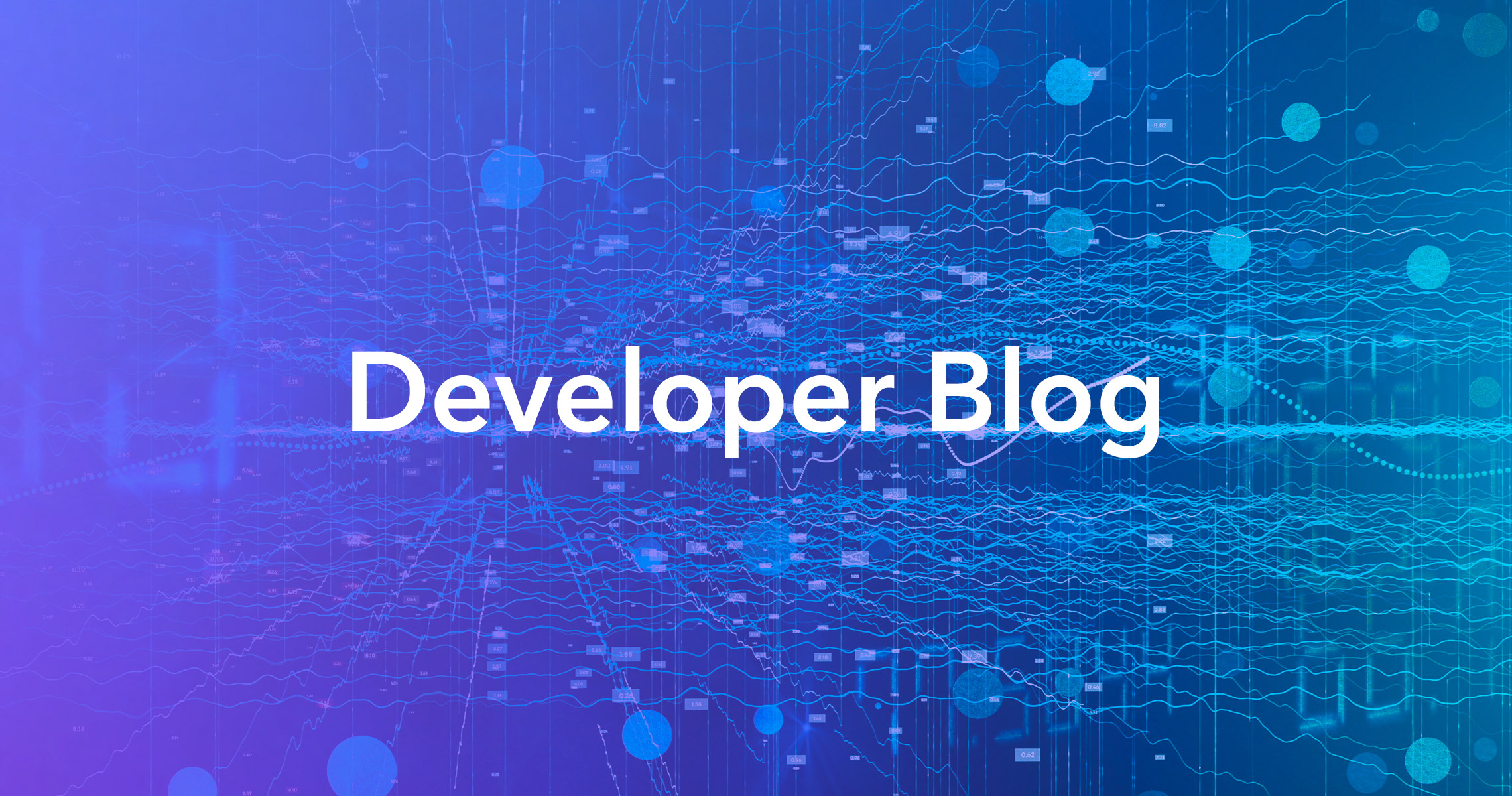What is data lifecycle management?
Data lifecycle management describes the processes, policies, and procedures of managing data throughout its entire life—from the first entry into your system (data capture) all the way through its retirement (data deletion). All data has a lifecycle, and data lifecycle management ensures that your data function is proactive in managing each step of that journey.
Here’s a synopsis of the typical data lifecycle:
- Data capture/creation – All data, regardless of the type, has to be created. The capturing of particular information and the format it takes depends on the nature of your organization and its data needs.
- Data management and storage – Once data is created, it is sent to data storage, which may be on-premises, cloud-based, or a hybrid of the two. The storage may consist of a data lake, data warehouse, or data lakehouse approach, depending on the needs of the organization. In this stage, data is cleaned, processed, and prepared for the next stage.
- Data usage – At this stage, data scientists perform analysis to transform the raw data into a resource that’s valuable for the organization. The advanced analytics allow improved insight into what is happening at the data’s creation point or see the data combined into larger datasets to get a macro picture. Then, DataOps teams compose this data into readable datasets for other users.
- Data sharing – The composed datasets are then disseminated downstream to front-line teams or C-suite decision-makers. Analyzed data may also be used to inform real-time dashboards. Despite its challenges, there is a growing movement to harness the potential of greater data collaboration.
- Data archival – The more recent the data, the more useful and valuable it is. However, older data may also be archived in case it’s needed later on. To store data, it is usually kept in cheaper, slower storage locations, with complete metadata catalogs necessary for easy future access.
- Data deletion – After data is no longer deemed useful, or under the consent terms of its collection, data ends its lifecycle with deletion. This is a very important stage, both in terms of reducing costs for the organization as well as meeting their data security and privacy obligations.
Essentially, data lifecycle management means planning and building architecture for data integrity around all of these stages to make sure they are functioning optimally and reaching their expected outcomes.
Why is data lifecycle management important?
Data lifecycle management is a critical process for data operations, as it ensures that data processing, analysis, and sharing are all streamlined. The flow of data is considered and data friction points are reduced to increase data value and ROI. An effective data lifecycle management process can identify and smooth obstacles as soon as they appear.
Additionally, data lifecycle management is important for delivering on several key functions and responsibilities of your DataOps team, including regulatory compliance and data interoperability.
Regulatory compliance
There are a number of data regulations that place strict obligations on data processors about how they can collect and use existing data. Data lifecycle management ensures a consistent approach to data usage throughout its lifecycle and helps ensure compliance. Among these, the final stage of the lifecycle, data deletion, is essential for reducing the chance of data breaches or contamination of datasets with data whose permission has expired.
Data security
Data breaches can incur major fines and cause considerable damage to consumer trust. A good data lifecycle management policy takes a unified approach to data security and data protection, which minimizes this risk.
Data interoperability
With varied data collection points that could number in the millions, data lifecycle management helps data functions create and maintain interoperable data architecture that reduces friction and improves the usability of all collected dataflows.
Data availability
Availability of data to users is a core competency of a data function, but it is also complicated by data access and security issues. Data lifecycle management makes data simple to locate and access while also enforcing identity and access management protocols.
Features of an effective data lifecycle management plan
An effective data lifecycle management plan is one that allows your data function to deliver on everything that is expected of it at each stage of the data’s lifecycle while also minimizing organizational risk by adhering to data regulations and ensuring data security best practices. Creating the best plan for your needs requires some core features to ensure it works as expected now and in the future. These include:
Data governance: Data governance policies determine how data is collected, stored, and secured, and are closely aligned with data lifecycle management. Strong data governance clearly outlines what should be done with an organization’s data in specific situations and gives administrators the tools to ensure these policies are adhered to. Effective data governance allows data lifecycle management to implement relevant plans at each lifecycle stage.
Iteration and improvement: Applying Agile methodologies through different data iterations is an expectation. Data needs and capabilities constantly change, so only by designing your data lifecycle management plan with the capacity to reiterate and adapt to new circumstances will organizations be able to consistently smooth dataflows at any stage of their lifecycle.
Data custody plan: Data custody is the process that ensures obligations are met in terms of how data is secured and used while with your organization. Data security and privacy introduce significant organizational risk at various stages of the data lifecycle, though at some more than others. A clear data custody plan informs your data lifecycle management by clarifying privacy and security expectations all along data’s journey so as to minimize this risk.
Conclusion
Data lifecycle management ensures that the correct policies are applied at every stage of data’s lifecycle within your organization. It also ensures that data flow friction points are identified and resolved. One of the most effective ways to implement a comprehensive data lifecycle management policy is to use a virtual data platform, which creates an interoperable virtualized layer between storage and use. This allows all processes to be performed virtually without the need for migrations, ETL processes, or the creation of multiple copies of data. Through the use of metadata catalogs, data which has reached the end of its purpose can be easily identified for deletion, ensuring completion of the data lifecycle.
Intertrust Platform allows all governance and lifecycle management policies to be enforced and adhered to by administrators, improving their function and reducing risk. To find out more about how our solution helps organizations improve their data lifecycle management, ensure compliance, and improve data ROI, you can read more here or talk to our team.
About Prateek Panda
Prateek Panda is Director of Marketing at Intertrust Technologies and leads global marketing for Intertrust’s device identity solutions. His expertise in product marketing and product management stem from his experience as the founder of a cybersecurity company with products in the mobile application security space.




